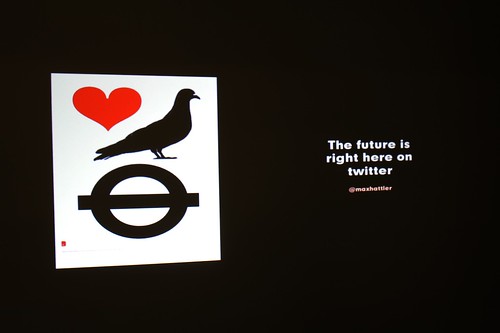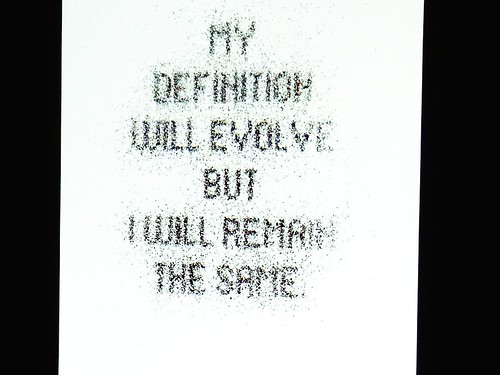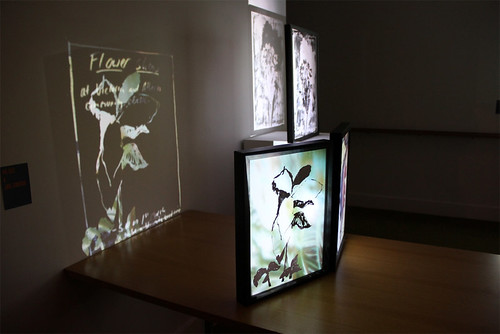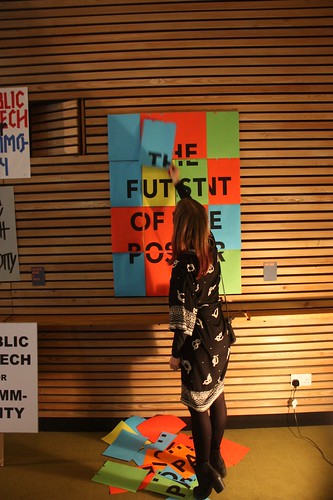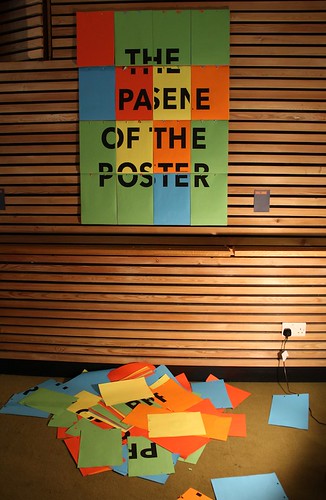Thursday, 11:33am
14 March 2013
Don’t write off the poster
Visual Communication students from the Royal College of Art reveal a glimpse of their recent collaboration with the V&A museum
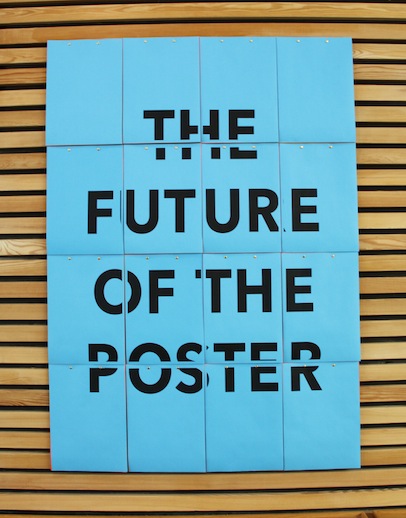
Earlier this month, a collaboration between the V&A and Visual Communication students from the Royal College of Art sought to prove that the poster has not been killed off by the introduction of digital media in communication and advertising. Their findings, displayed in two rooms of the Sackler Centre, argued that the poster remains a long-serving example of print doing what it does best – mass communication.
As digital screens continue to invade bus stops and tube stations (and even bins) and dynamic online communication becomes more entrenched in everyday life, the longevity and role of the simple paper poster is being questioned. Additionally British laws curtailing fly-posting in public spaces has restricted the UK’s ‘poster culture’. Mass print is limited to those who can afford the designated spaces, fuelling a move to online real estate where exposure can be free and unlimited.
Natalia Lewandowska’s print catalogues significant events in poster design and manufacture.
Top: Savvas Zinonos’ interactive piece comments on the omnipresence of the poster, through a cycle of ‘future’, ‘present’, ‘past’.
The event, conceived and curated by student-led discussion groups the Eady Forum (graphic design) and Ill-Informed (illustration), aimed to explore this topic. The first of two event spaces exhibited a collection of student work that considered the poster’s future form, function and meaning, presenting thought-provoking concepts and critical commentary.
The second, by contrast, was a vibrant ‘live studio’ offering visitors and online participants an opportunity to share their thoughts, and interact with designers / illustrators throughout the process of turning ideas into pieces of visual communication.
In the entrance to the exhibition Joseph Pielichaty projected a collection of iconic poster designs and thoughts on the future of the poster, contributed by designers and twitter users.
Laura Juan’s typographic poster dynamically changed as viewers moved in closer or stepped further away.
This exploration was counterpointed by Jack Llewellyn, Moa Parup and Laura Silke’s work, which argued that screen-based or new media based ‘posters’ were not posters at all, but rather that the terminology is misguidedly reappropriated in the absence of an alternative term.
This circumstance is akin to early filmmaking, which was defined by photography as ‘moving-pictures’ before its the language of ‘cinema’ was developed. Digital media may, too, develop into a distinct entity, leaving ‘posters’ to be defined on their own terms.
Goss and Jenkinson subverted traditional screen-printing methodology using digital video projections rather than ink to create the layers of a poster design.
Llewellyn, Parup and Silke’s findings raised the question of content and context. Recent global protest and revolutionary events such as Occupy have shown the effectiveness of traditional, often amateur, printed communication. Coupled with social and mass media as a means to spread an idea, this points to a future that, coming full circle, is more of an evolution of fly-posting.
Society at large is undergoing radical shifts in behaviour, as technology reshapes our environments and our lifestyles. The extent of these changes will determine the balance of traditional media and new media yet to come. During this tumultuous transition period for posters, it would be unwise to write off the traditional poster.
A visitor interacts with Zinonos’ installation.
Eye is the world’s most beautiful and collectable graphic design journal, published quarterly for professional designers, students and anyone interested in critical, informed writing about graphic design and visual culture. It is available from all good design bookshops and online at the Eye shop, where you can buy subscriptions and back issues. You can see what Eye 84 looks like at Eye before You Buy on Vimeo.


